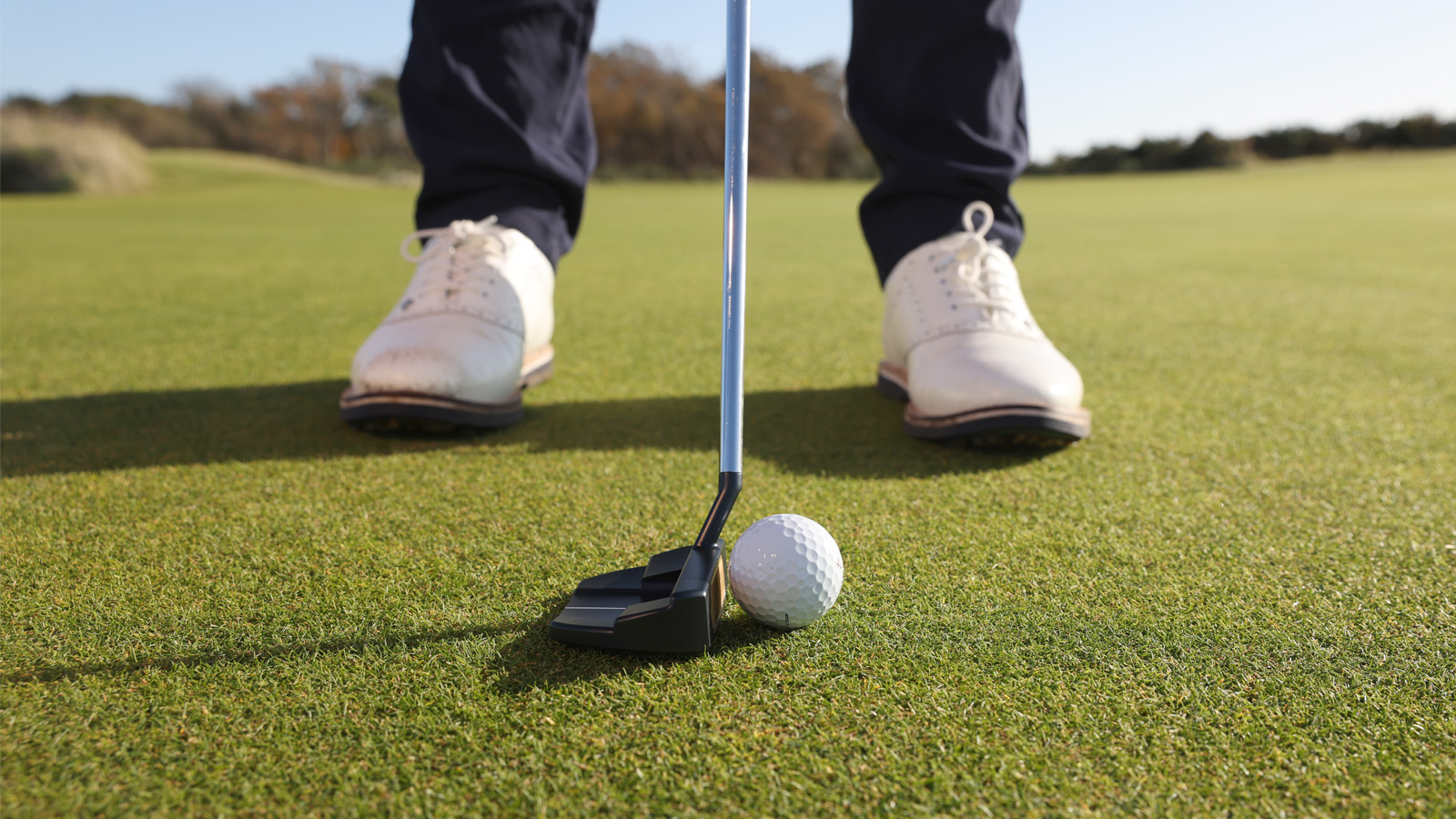
Despite being known as the flat stick, putters do actually still have a little loft on them. Typically most of the best putters on the PGA Tour will have 3° to 4° of loft on their putters but depending on whether the putter is longer or shorter, it's not uncommon to find putters with more or less loft than this.
Watch: Best Putters 2024
Impact Loft
While most putters will have 3° to 4° of loft at address, it's the putter loft at impact that is arguably the most important thing. Having a putter that swings correctly for you and is customized to your stroke will give you the best chance at rolling the ball with better speed and on target more often.
Each golfer will set up and hit their putts at slightly differently angles of attack. An example of this would be a player who applies a forward press before their stroke. This golfer will need more static loft (more than 3°) on their putter because they de-loft the face when they are about to make their stroke. Phil Mickelson is an example of someone who has done this throughout his career.
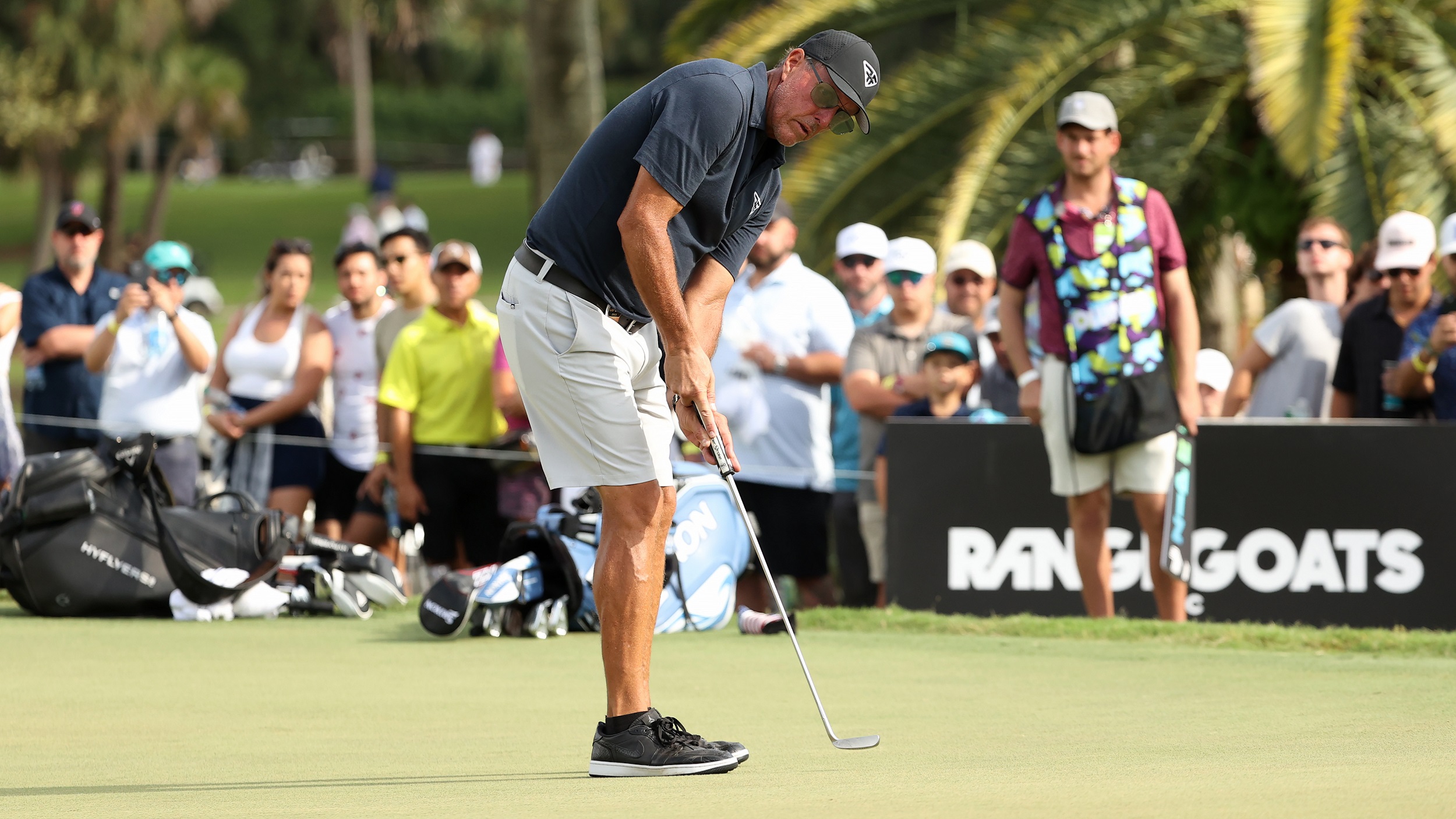
How Does Loft Impact Roll?
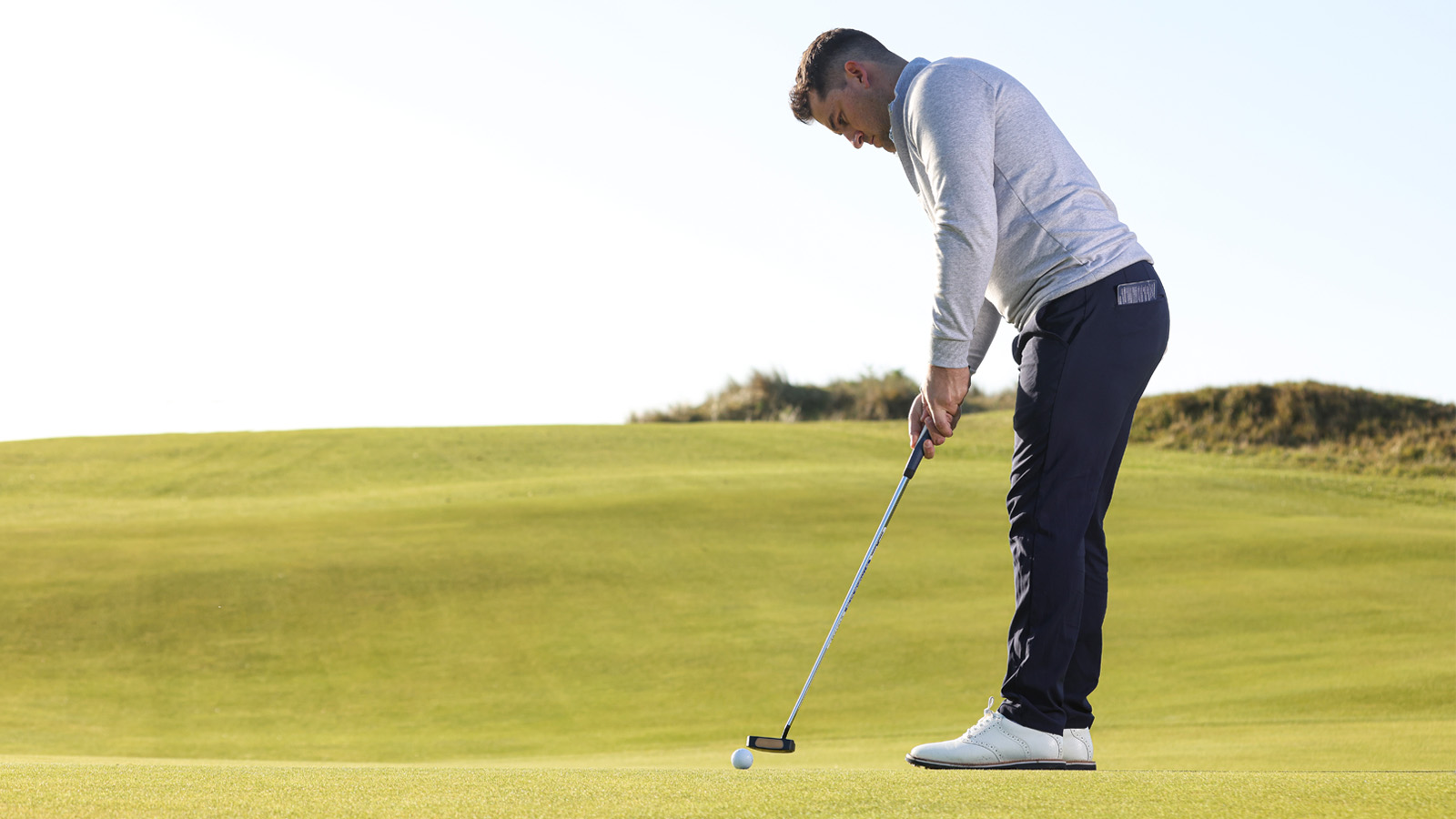
If you have too much loft on your putter the ball will launch too high and proceed to skid, achieving true roll (where the ball is rolling end over end in constant contact with the ground) much later than would be optimum. If you don't have enough loft on your putter, you will hit the ball into the ground and it will pop up with less momentum and often fall short of your desired target. Finding the right loft to suit your style can help make sure putts run smoother and more consistently, which could mean more holed putts.
Both of these things limit feel, hinder distance control and can cause more putts to bounce or skid off-line. The whole point of putting is to get the ball rolling as smoothly and as purely as possible on the greens.
Putter Model And Specifications
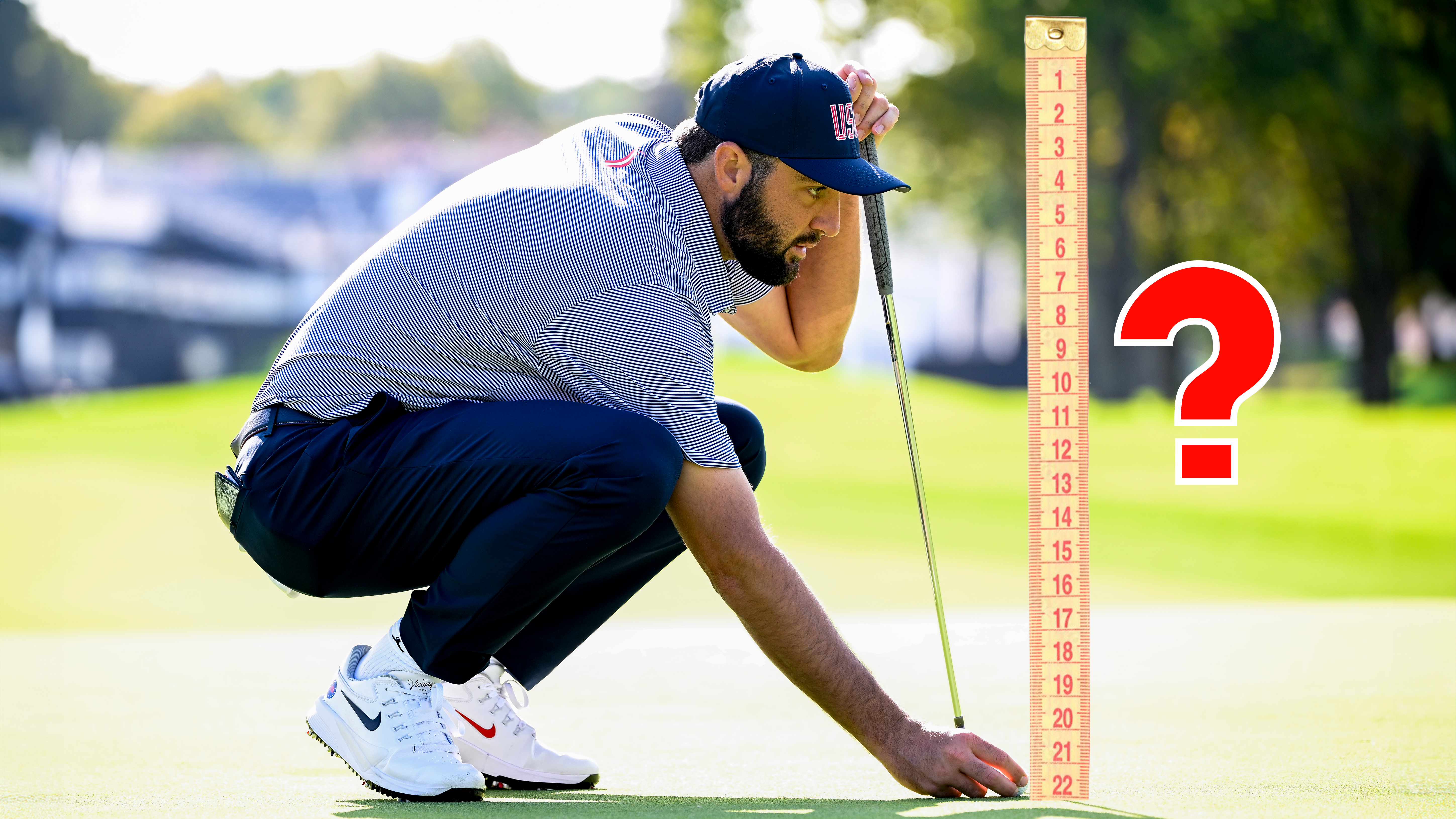
Choosing one of the best putters on the market is always a good place to start when looking to improve your putting due to most of them having high levels of MOI or technology in the head to help you create a consistent roll. The PureRoll insert on the TaylorMade Spider putters is a great example of this - it has angled grooves to help with roll and perimeter weighting to provide more stability at impact.
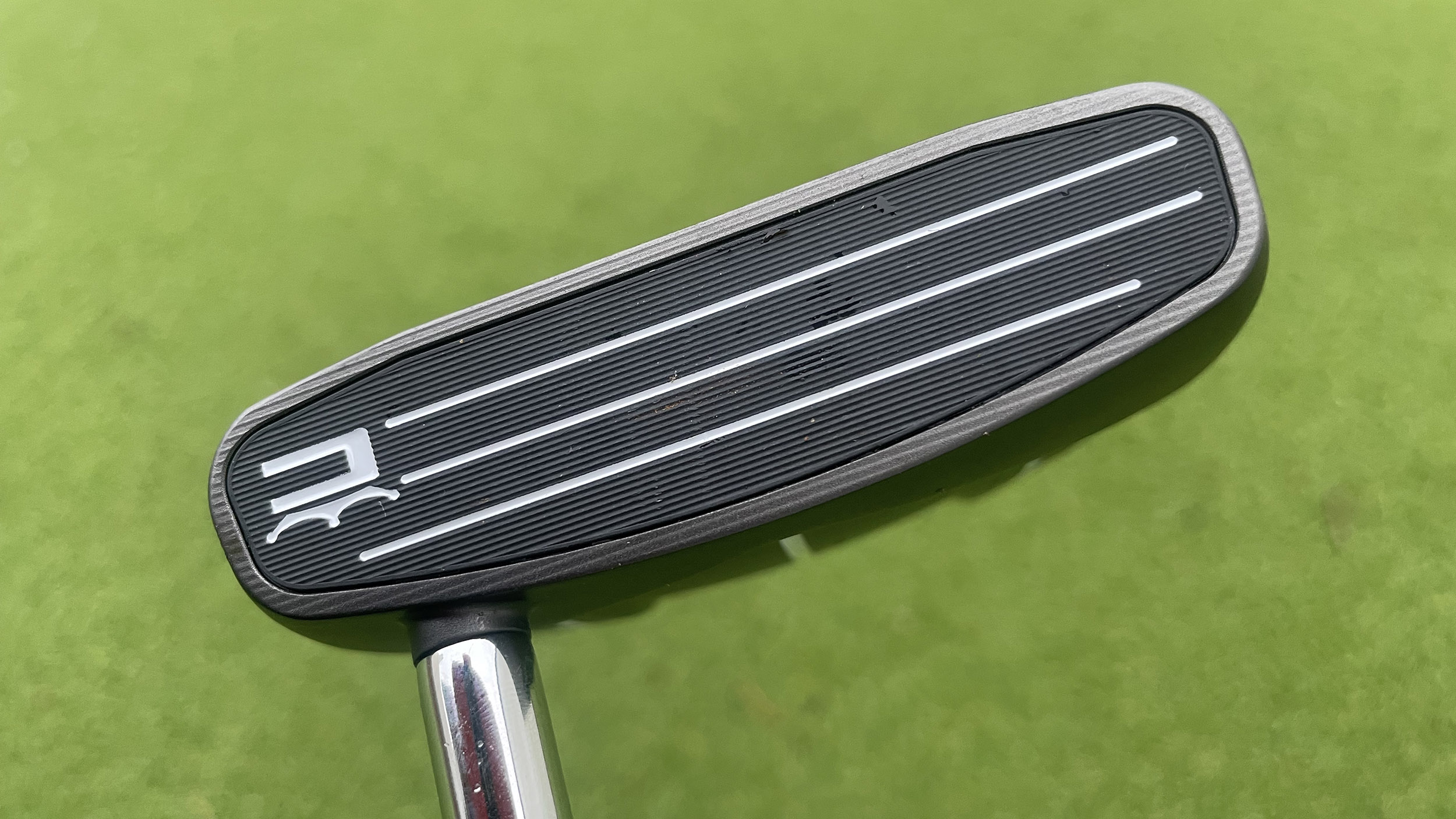
Some putters have progressive loft on the face to help with achieving a more consistent launch angle. For example the Cobra King putter range (above), the LA Golf Belair putter and the Tear Drop TD7 putter have varying static lofts ranging from 1° at the bottom to 4° at the top to counteract any manipulation of the shaft angle from the player as the ball is struck - something to think about if you lack consistency.
The loft of your putter can also be effected by not just your putting stroke but also the model and DNA of the putter you use. If you have a putter that's slightly short, you could be more likely to hit up on the ball. If you do this you will likely need less loft on the putter to counteract how it launches from the face. The opposite applies if your putter is on the longer side.
Playing Surfaces

Green speeds and conditions also play a significant role in determining what loft of putter you should use. If you play on faster greens, you may require less loft as you will typically not need to hit the ball as hard. If you find yourself regularly playing on slower greens with longer grass, then you may look for a slightly more lofted putter to help get the ball to the hole without any bumps or spike marks causing too much interference.
Putting Mechanics
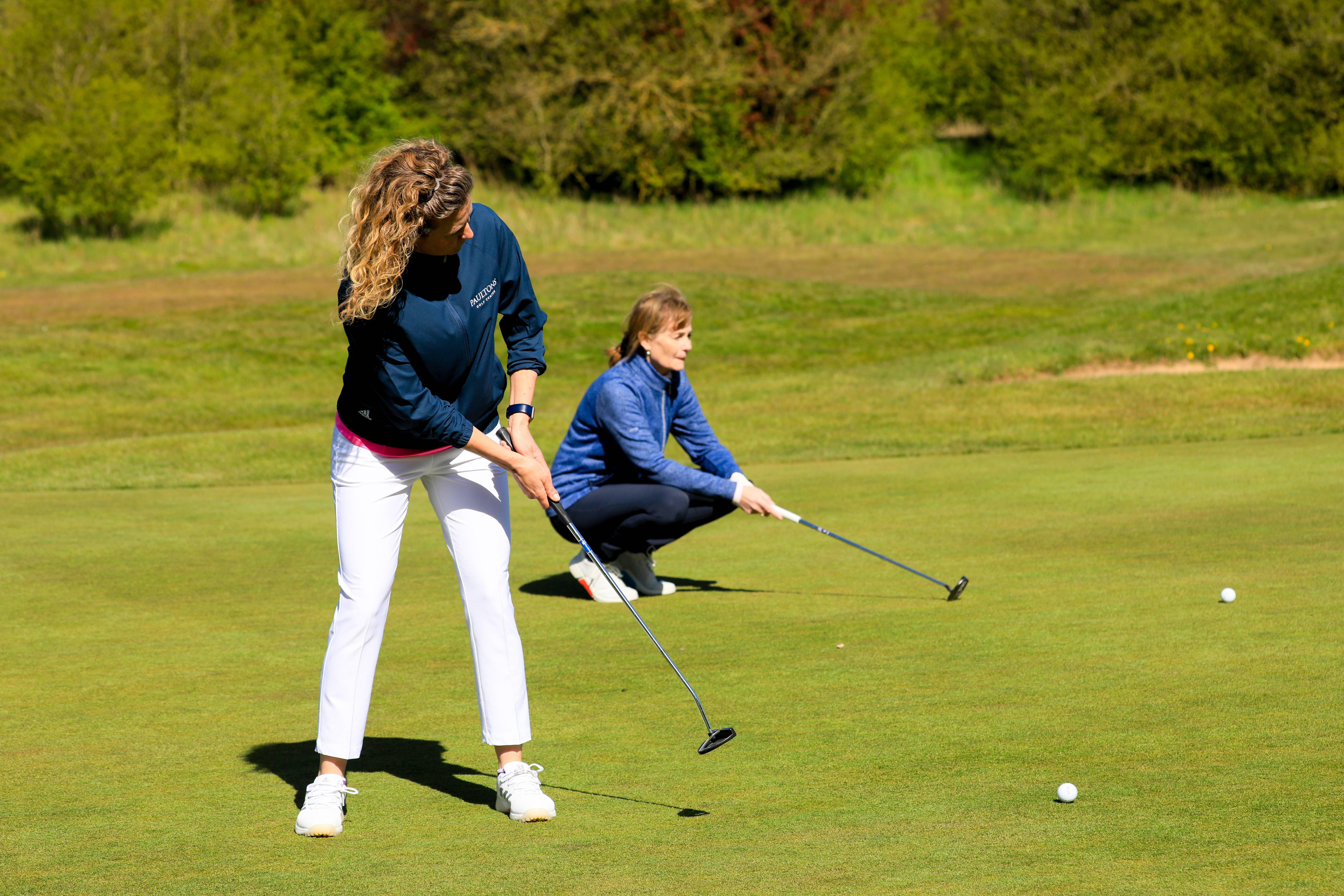
Having good putting mechanics and fundamentals will also factor in to how you roll the ball and what loft you may need on your putter. If you typically putt with the ball further forward in your stance, you're likely to need less loft, whereas if you have the ball positioned slightly back in your stance, you may need to add loft to produce a solid dynamic loft at impact.
So then what loft should you go for? Well this will be dependent on how you deliver your stroke, how you putt and the other factors mentioned above. This is where custom fitting and proper guidance comes in because a knowledgeable fitter will be able to fit your putter to make sure you have the right amount of loft on your putter initially and therefore the correct amount of dynamic loft on your putter through the ball.







